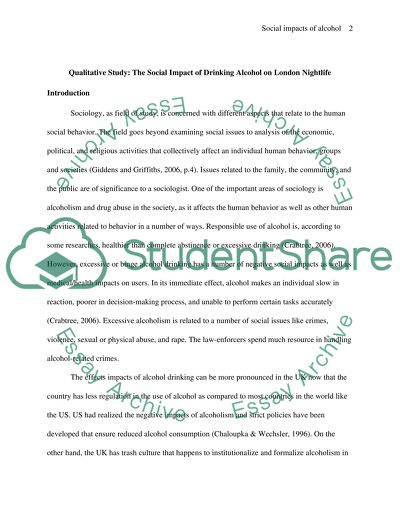Cite this document
(“The social impact of drinking alcohol on London nightlife Research Paper”, n.d.)
Retrieved from https://studentshare.org/sociology/1396240-the-social-impact-of-drinking-alcohol-on-london-nightlife
Retrieved from https://studentshare.org/sociology/1396240-the-social-impact-of-drinking-alcohol-on-london-nightlife
(The Social Impact of Drinking Alcohol on London Nightlife Research Paper)
https://studentshare.org/sociology/1396240-the-social-impact-of-drinking-alcohol-on-london-nightlife.
https://studentshare.org/sociology/1396240-the-social-impact-of-drinking-alcohol-on-london-nightlife.
“The Social Impact of Drinking Alcohol on London Nightlife Research Paper”, n.d. https://studentshare.org/sociology/1396240-the-social-impact-of-drinking-alcohol-on-london-nightlife.


